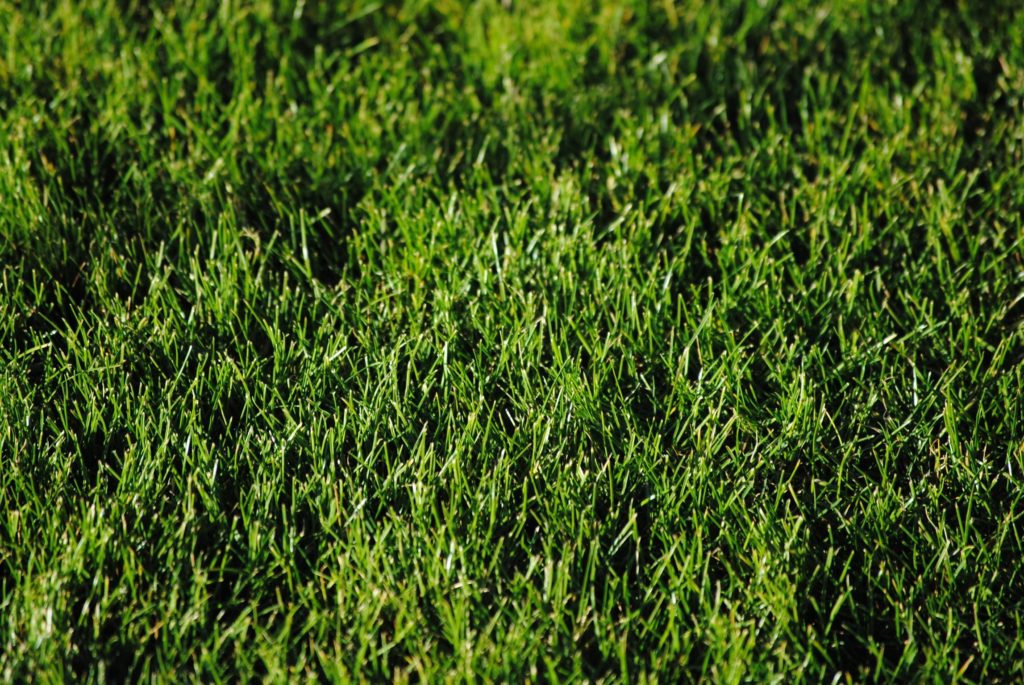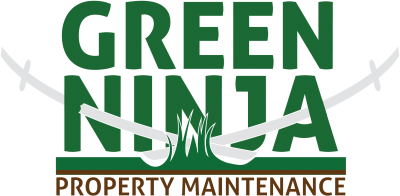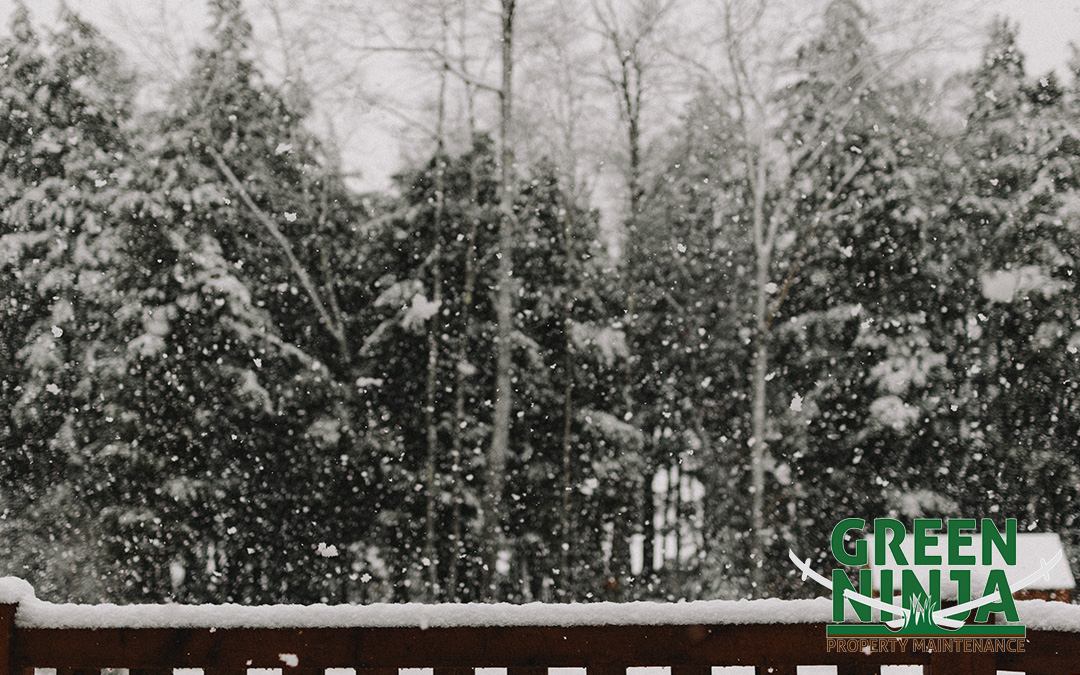Here in Ontario, spraying salt on the roads and sidewalks is not just popular – it’s necessary. This means that it’s almost impossible to prevent salt from getting where it doesn’t belong, and that includes your lawn and in your garden. It’s not just what you track in with your car, or the grass that sits right next to the road: the spray can travel up to 150 feet with the wind!
Not a lot of property owners know this, but you can both prevent and reverse damage caused by salt. You just need to start the work as soon as the snow melts!
What Can Salt Do To Your Lawn?
The salt used on roads in Canada is usually sodium chloride, better known as rock salt. While some municipalities, including London, mix it up with beet juice to reduce the amount they have to spread, rock salt can still where it doesn’t belong. Many alternatives, like calcium chloride, are better for plants and grass, but are too expensive to use, so you’ll end up battling with rock salt.
Rock salt’s biggest damaging effect is that it draws moisture from the ground, preventing water from getting to the roots of the grass, drying it out and causing it to turn brown. Sodium ions also prevent key nutrients like magnesium from being absorbed by the grass, keeping it malnourished.
It can also affect the plants and trees on your property, and the effects won’t be noticed until spring starts and the plants begin to bud. Or, if they are seriously damaged by the salt, until the plants not bud, because they won’t grow new leaves and blossoms.
How To Prevent And Repair Salt Damage To Your Lawn
When the snow and ice dissolve, the salt will too, but the residue will stick around in the soil. When it’s safe to hook up the hose again, an easy way to prevent salt from doing too much damage is to wash it away. Soak the lawn, your plants, and the root area around your trees and drain the salt away.

Treating salt damage requires a product that will neutralize the sodium chloride and replace it with helpful nutrients. Pick up a bag of gypsum soil condition and use a lawn spreader to lay down a thin layer over the affected parts of your lawn. The gypsum is also known as calcium sulfate, and as such it replaces the salt with the elements calcium and sulfur. These retain water in the soil, help growth, and heal damaged grass.
One way to prevent future salt damage is to reorganize the elements on your property. Use salt alternatives like sand and kitty litter on your driveway and walkways, and if possible, grade them away from gardens and plants so that you can easily drain them. Next fall, set up burlap barriers and snow fences along the parts of your property that face the road so that the salt spray carried by the wind won’t get on your lawn.


Recent Comments